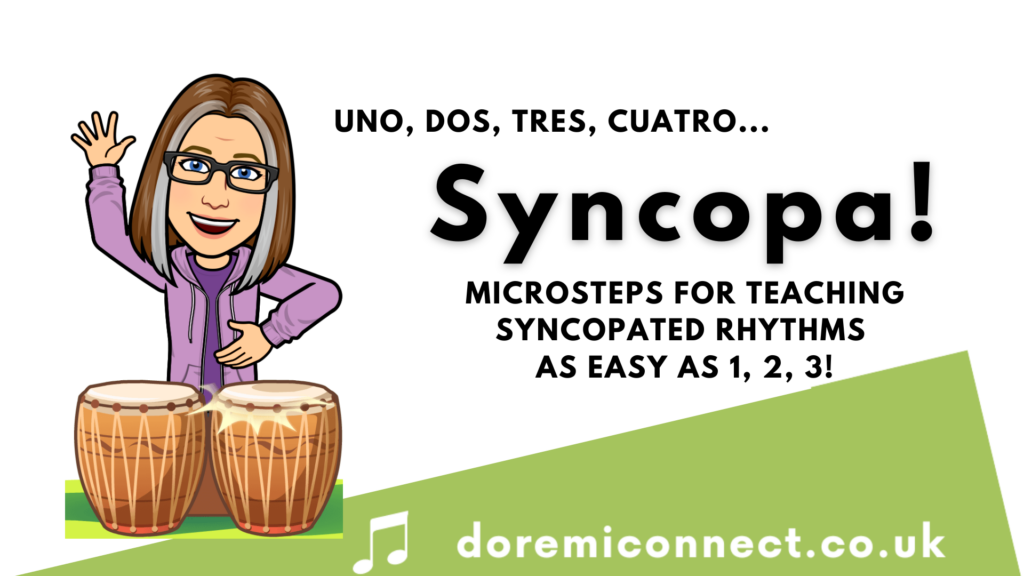In the last blog post (catch-up here), we talked about the qualities of speaking and singing and what the differences are. To help our students learn the difference between their speaking and singing voices they need to feel free and able to experiment with their voices. So how do we give them confidence and encouragement to experience their voice types?
Whether you’re a classroom teacher, visiting music teacher or 1:1 instrumental teacher, this blog will give you tips and ideas for experiencing voice types in a Kodály inspired way.


Responses